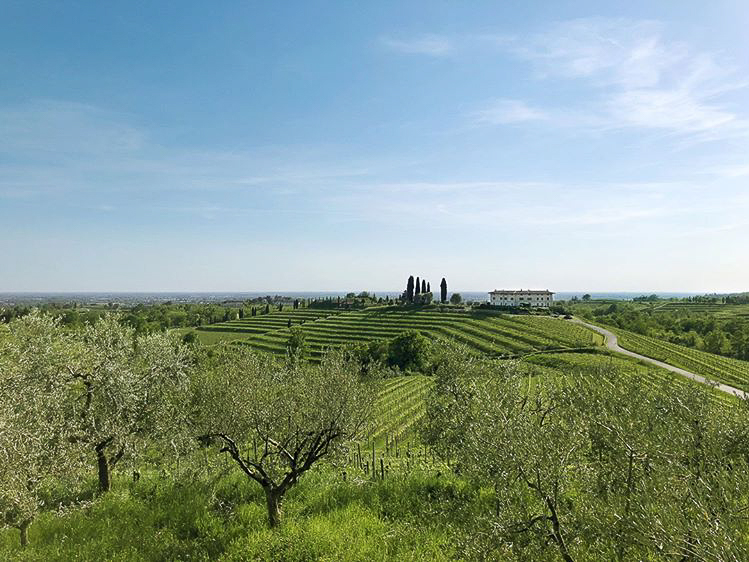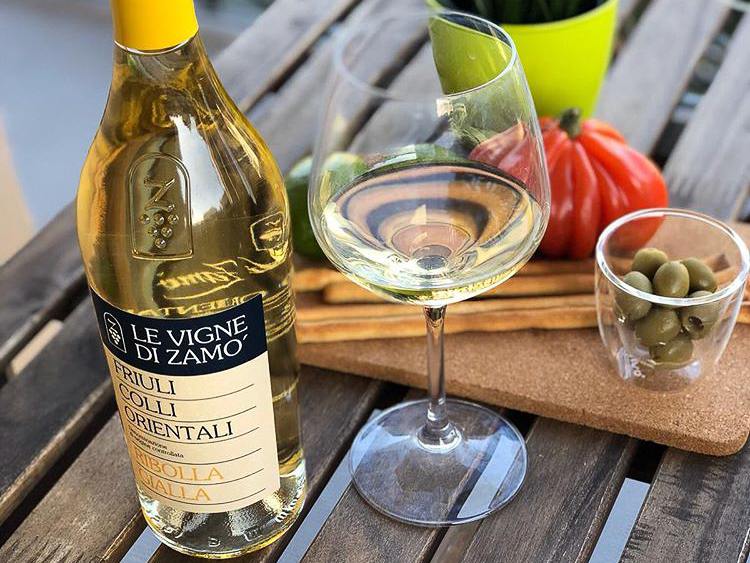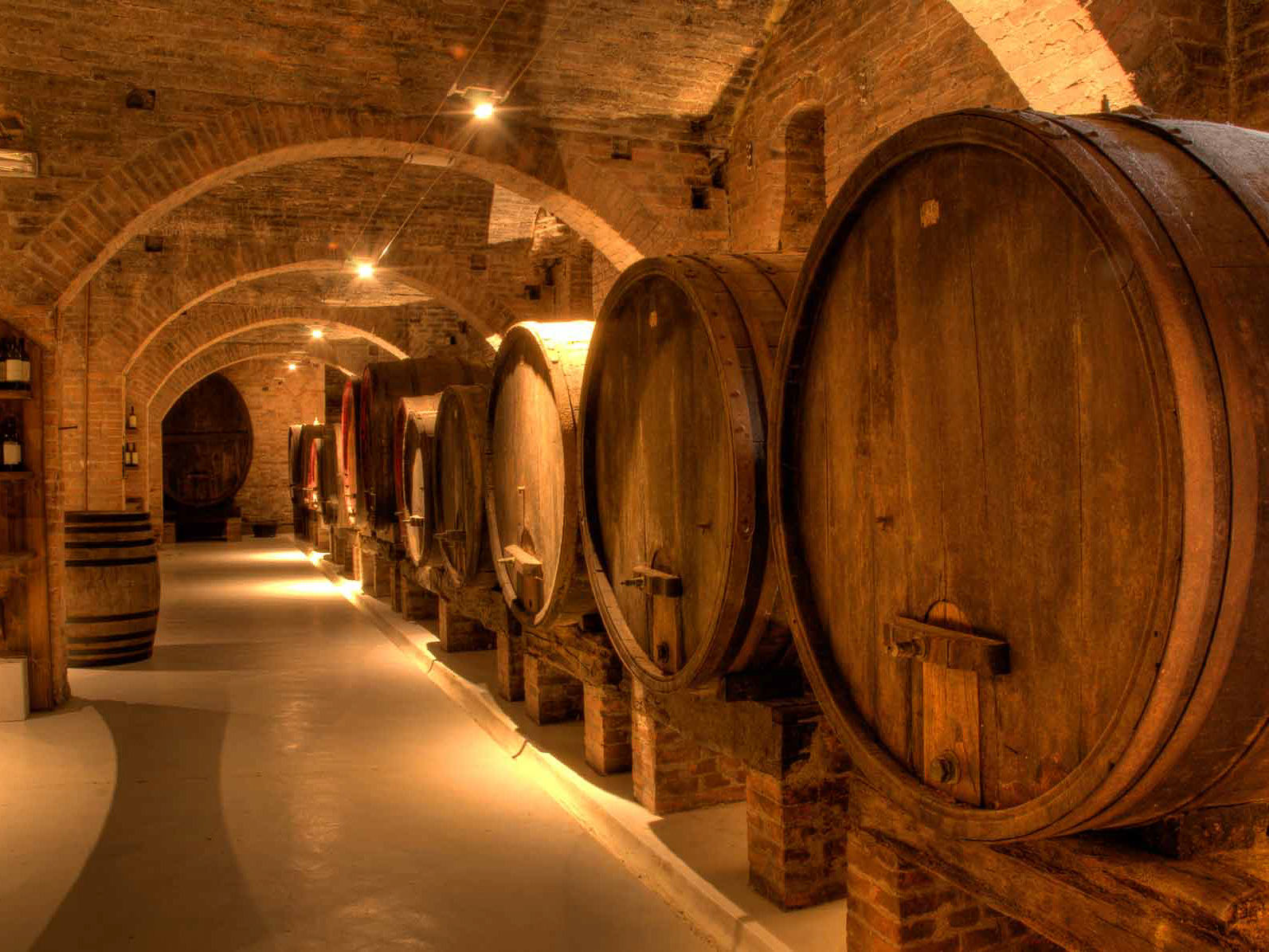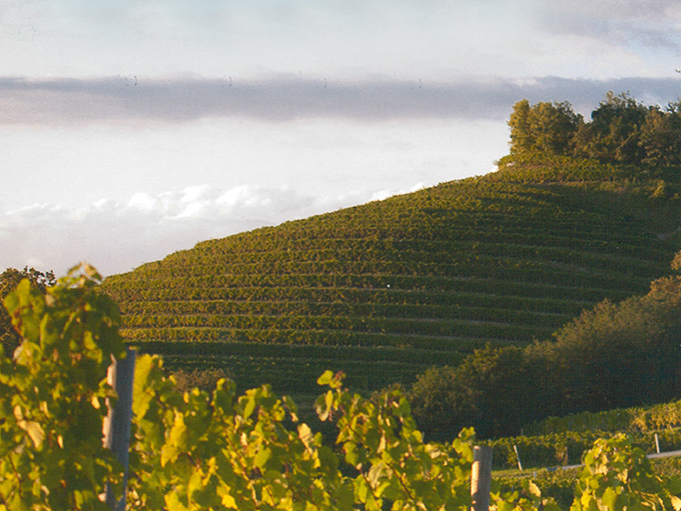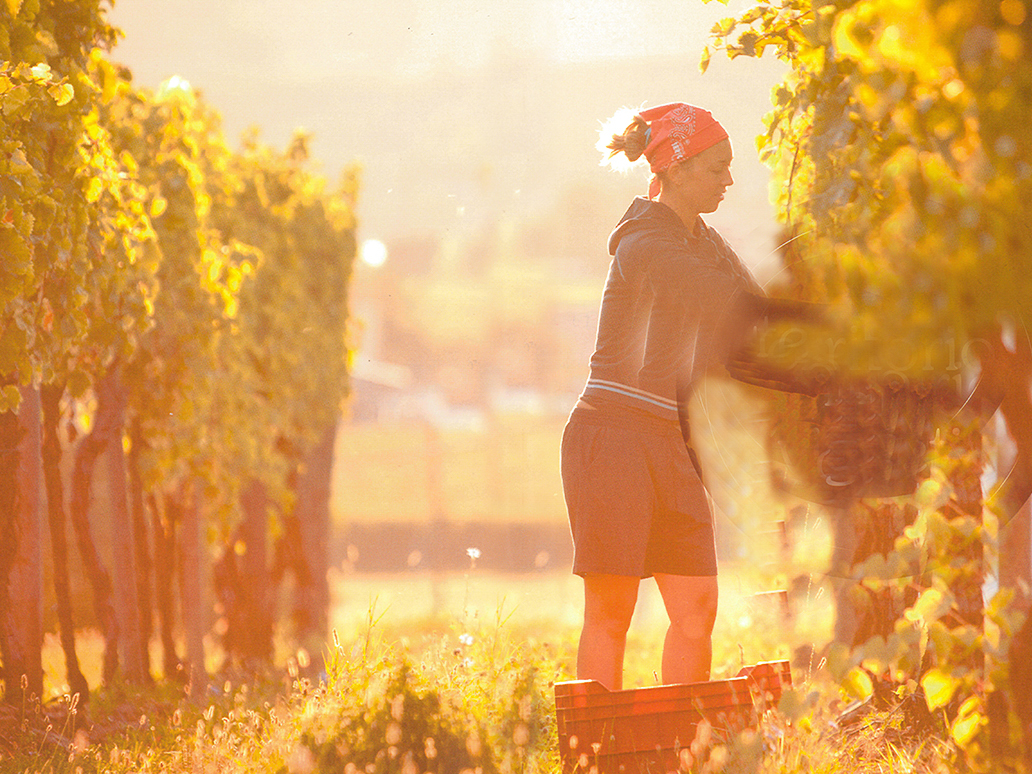Le Vigne di Zamo
Le Vigne di Zamò (the Vines of Zamò) and its picturesque Abbazia di Rosazzo (Rosazzo Abbey) are considered by many to be the pinnacle of Friulian winemaking. The estate dates back to 1924 and the family has been hand crafting wine in Italy’s’ Northeastern region of Friuli ever since, they are true icons of Italian viticulture. The winery is also now a substantial operation with a gleaming new winery. The dedicated team crafts an array of world class wines from indigenous grapes as well as international varietals.
Founded in the 1920s, the Vigne di Zamò (Vines of Zamò) winery is one of Friuli oldest continuously operating wineries. Still owned and operated today by the Zamò family, the estate stretches over 65 hectares planted to grape between Friuli and Slovenia with elevations that range from 300-450 meters a.s.l. The family’s property also includes the legendary Abbazia di Rosazzo (Abbey of Rosazzo), a historic abbey and farm renowned for its calcareous limestone soils (ponca in the local dialect) and its unique macroclimate. Thanks to its unusually mild temperatures, it’s one of the few places in Friuli where olives can be grown for olive oil production. Organic farming practices are employed across the Zamò family’s vineyards and no herbicides are ever used. The winemaking style is strictly traditional. Icons of Friulian and Italian viticulture, the Zamò family made history once again when it decided to rename its flagship 100 percent Tocai Friulano “No Name.” Inspired by the 2009 EU ruling that Hungary had exclusive rights to use the designation “Tokaj,” the wine is blended from three of Friuli’s most famous vineyards. But Vigne di Zamò can’t call it “Tocai.” So they decided to give it “no name” at all.
Appellation: Friuli Colli Orientali ("eastern hills of Friuli") is one of the most significant DOC titles used in Friuli-Venezia Giulia, in the far northeastern corner of Italy. The Colli Orientali hills are home to some of Friuli's most prestigious vineyards. Friulano is the leading grape here unsurprising given its name. Other important Italian varieties include Ribolla Gialla, Verduzzo and Picolit. International grapes grown widely here include Sauvignon Blanc, Chardonnay and Riesling. Pinot Grigio and Pinot Bianco are also important.
The Colli Orientali hills themselves are the product of millions of years of alpine tectonics and geomorphology, and this shows in the complex, stratified, mineral-rich soil and also flysch, a rock type formed by repeated sedimentary cycles, resulting here in alternating layers of marl (calcareous clay) and sandstone.
Vineyards here enjoy a certain increased altitude (averaging 400 meters/1300ft) and are terraced on gently rolling hills, which is ideal for quality viticulture. Also, the area is protected by the Julian Pre-Alps (a mountain range between the Resia Valley and the Friulian Plains) from the cold north winds. Higher planting densities, older vines and the continental climate also lead to lower yields, which lead to a greater flavor concentration and higher-quality wines.
